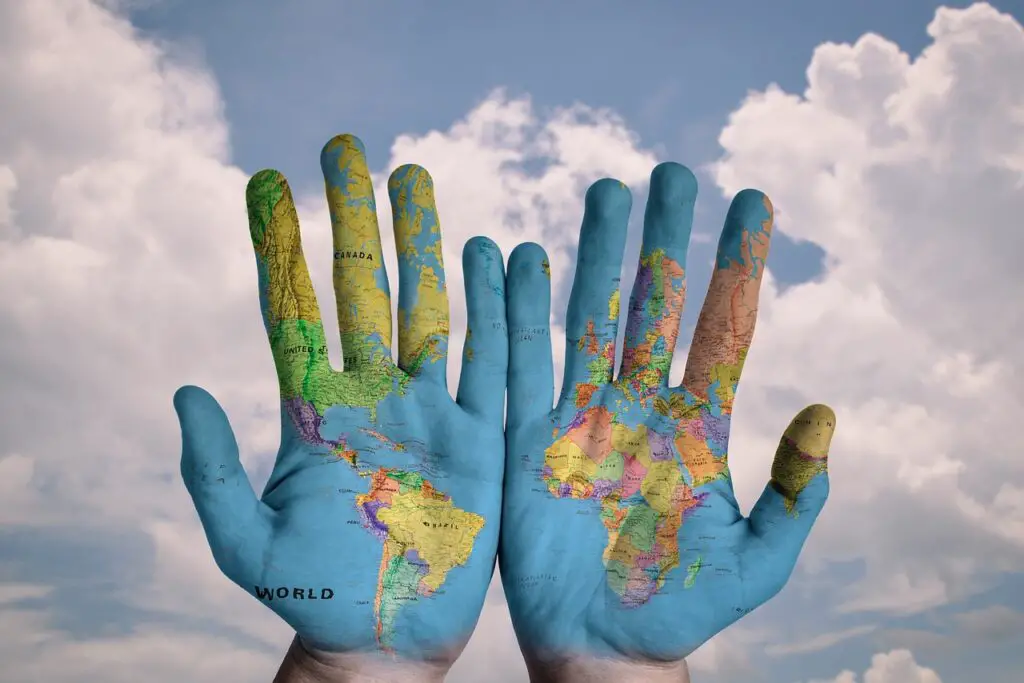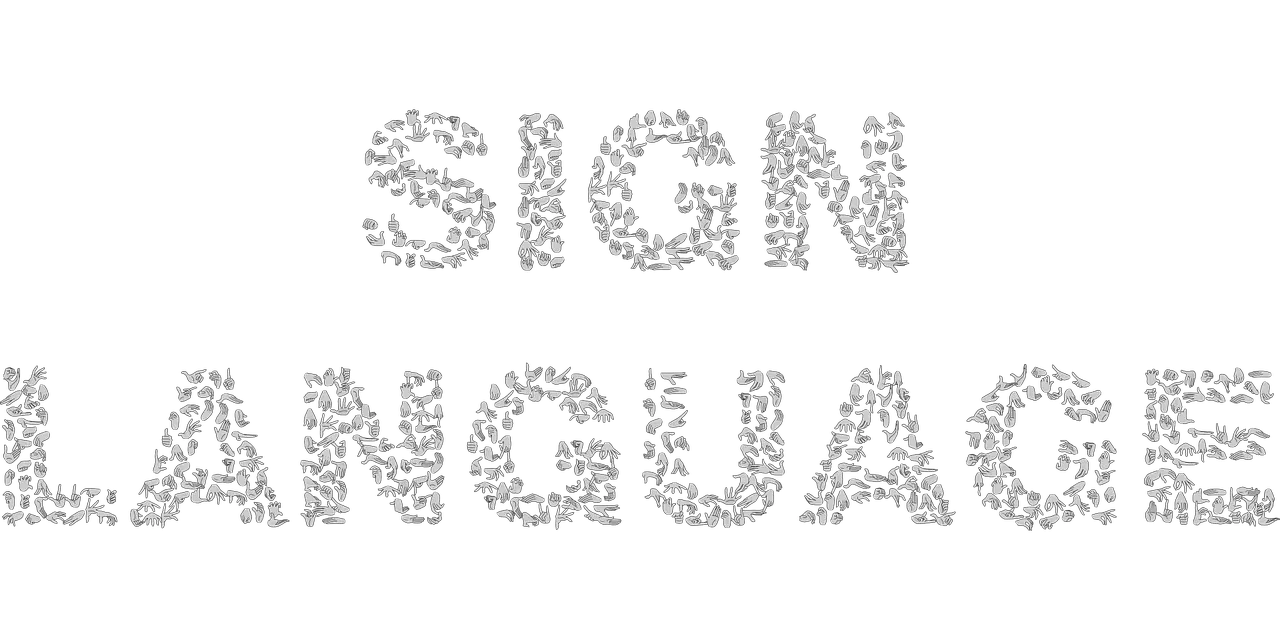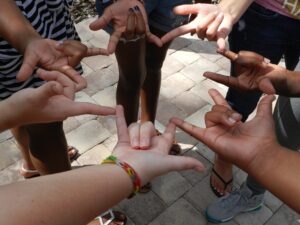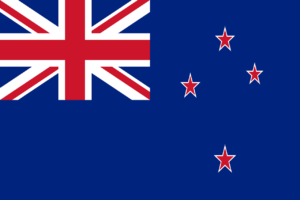Sign language is a rich and expressive form of communication that uses visual-manual modality to convey meaning through a combination of hand gestures, facial expressions, body movements, and even sometimes incorporating space and direction. While it’s often associated with the deaf and hard of hearing community, sign language isn’t just a simple replacement for spoken language; it’s a complex, fully developed language in its own right.
One of the most fascinating aspects of sign language is its diversity. Just as spoken languages vary from country to country, so too do sign languages. Each country has its own unique sign language with its own vocabulary, grammar, and syntax, developed organically within its deaf community over time. This diversity reflects the rich cultural and linguistic tapestry present across the globe.
American Sign Language (ASL) is one of the most well-known sign languages, used predominantly in the United States and parts of Canada. It has its own grammar and syntax, distinct from English. Similarly, British Sign Language (BSL) is used in the United Kingdom and has its own rules and signs that differ from ASL. These differences can be compared to the variations between spoken languages like English and French—they’re distinct systems of communication.
Even within countries, regional variations can exist. For instance, just as accents or dialects might differ within a country for spoken languages, sign languages can have regional variations in signs and nuances. In Italy, there’s Italian Sign Language (LIS), but there are also regional variants like Milanese Sign Language, which developed in the Milan area.
What’s truly captivating about sign languages is how they evolve and adapt. They’re not static; they grow and change over time, incorporating new signs for technological advancements or societal changes. For instance, the emergence of smartphones and social media has led to the development of signs to represent concepts like “selfie” or “tweet” in various sign languages around the world.
Moreover, sign languages are not limited to just the deaf community. Many hearing people have also learned sign language to communicate with deaf friends, family, or as a part of their profession, fostering a more inclusive society.

However, despite these variations, sign languages share commonalities in their expressive nature. They rely heavily on facial expressions and body language to convey meaning, making them incredibly emotive and dynamic. This visual-gestural form of communication allows for nuances and subtleties that may not exist in spoken languages.
The vibrant diversity of sign languages worldwide is a testament to the richness of human expression and communication. Each sign language encapsulates the unique culture, history, and identity of the deaf communities within their respective regions. Embracing and understanding this diversity not only fosters inclusivity but also enriches our understanding of language and communication as a whole.




One thought on “What is Sign Language, is it different in each Country?”